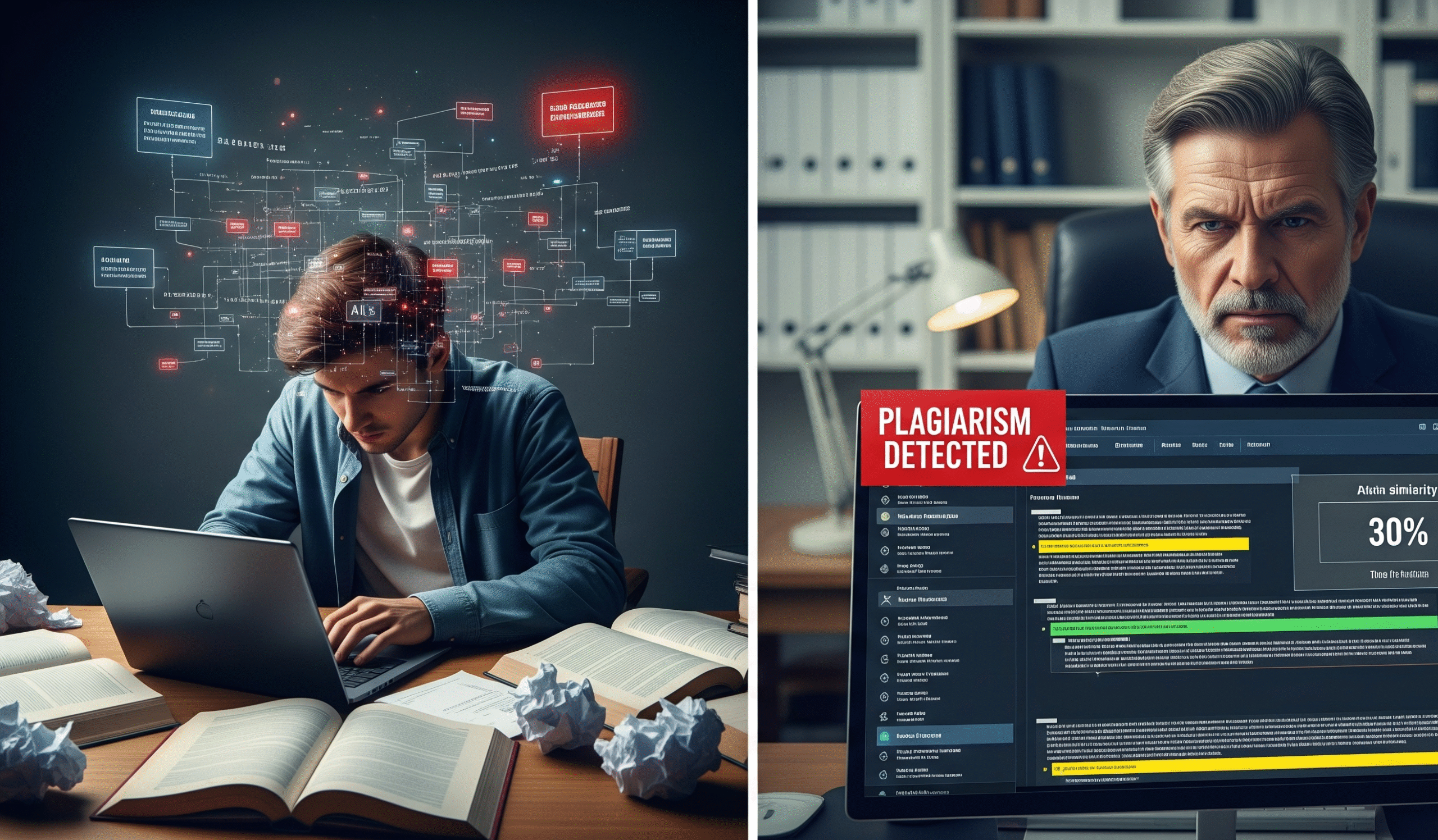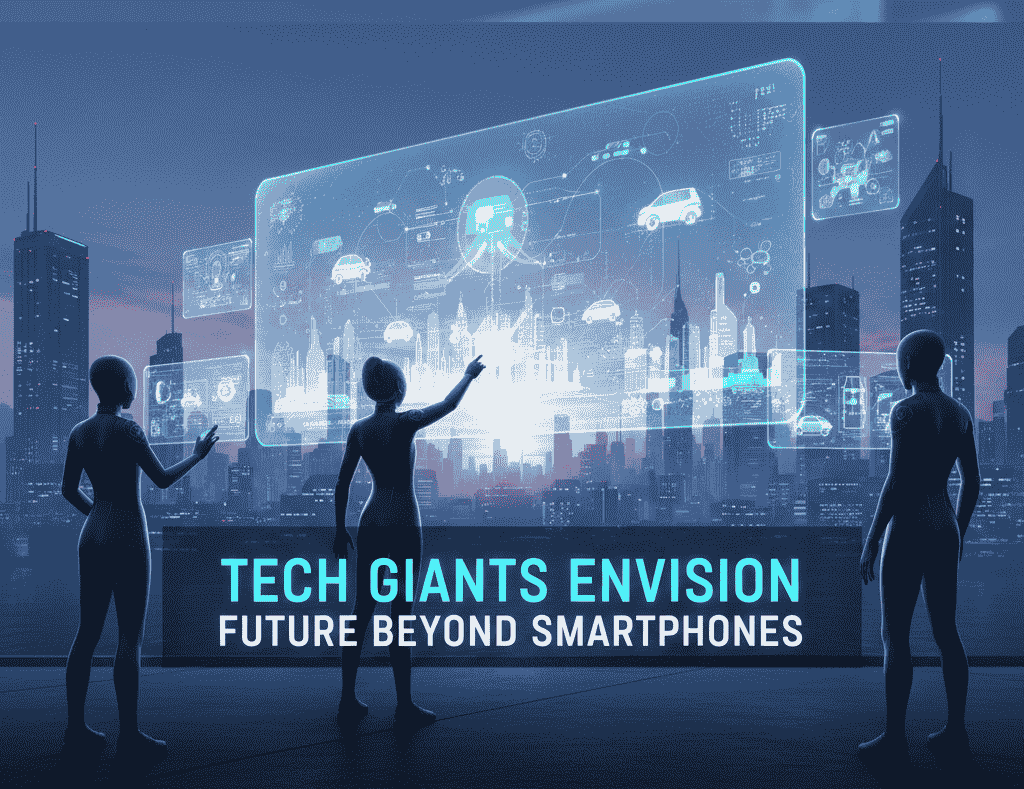You’ve probably heard of ChatGPT. This AI chatbot can write essays, answer complex questions, and even create poetry in seconds. It’s a powerful tool for students and writers. But it also raises a big question for schools and universities: how can they tell if a student’s work is their own?
This is where tools like SafeAssign come in. SafeAssign is a popular plagiarism checker used by many schools. Its job is to find copied work. But can it detect content written by an AI like ChatGPT? Let’s find out.
What is SafeAssign?
First, let’s understand what SafeAssign is. SafeAssign is a plagiarism prevention tool. It’s often built into the learning management system Blackboard. When a student submits an assignment, SafeAssign scans it.
It checks the text against a huge database. This database includes:
- Previous student submissions.
- Articles from academic journals.
- Billions of web pages from the internet.
After checking, it gives an “originality report.” This report shows how much of the text matches existing sources. It highlights potential plagiarism and helps teachers ensure work is authentic.
What is ChatGPT?
ChatGPT is an AI language model created by OpenAI. You give it a prompt or a question, and it generates a human-like response. It doesn’t copy and paste from the internet. Instead, it creates new, original text based on its vast training.
Because it generates new content, it creates a unique problem for plagiarism detectors. If the text isn’t copied from anywhere, how can a tool designed to find copying detect it?
Read More: Pappedeckel: The Ultimate Guide
So, Can SafeAssign Detect ChatGPT-Generated Content?
The short and direct answer is no, SafeAssign cannot reliably detect content created by ChatGPT.
Here’s why:
SafeAssign is a text-matching tool, not an AI-detection tool. Its main job is to find strings of words that are identical to something in its database. Since ChatGPT generates original content that has never been published before, SafeAssign has nothing to match it against.
Think of it like this: If you ask ChatGPT to write an essay on Shakespeare, it will create a brand-new essay just for you. That specific combination of words has likely never been written before. When SafeAssign scans it, it won’t find any matches. Therefore, it will think the work is 100% original.
The Limitations of SafeAssign
SafeAssign wasn’t built to fight AI. It was built to fight copy-paste plagiarism. It looks for exact duplicates. It doesn’t analyze the style of writing for signs of being machine-generated. It can’t recognize the subtle patterns that often show text came from an AI.
When Could SafeAssign Flag ChatGPT Content?
While it’s rare, there are a few situations where SafeAssign might flag AI-generated text:
- Direct Copy-Pasting: If a student submits a ChatGPT response without changing a single word, and that response happens to include a commonly used phrase or definition, SafeAssign might flag that specific phrase.
- Poor Paraphrasing: If a student uses ChatGPT to paraphrase a well-known source or article, and the paraphrasing is too close to the original, SafeAssign might detect the similarity.
- Common Knowledge: Essays on general topics might include facts and figures that many other sources also include. SafeAssign could flag these small, common snippets.
But in most cases, a well-written ChatGPT essay will pass through SafeAssign unseen.
Read More: Tan Truong Paycom: How Tech and Talent Transform HR
What Tools Can Detect ChatGPT?
If SafeAssign can’t detect AI, what can? The world is adapting quickly. New tools are specifically designed to spot AI-generated content. Many schools are starting to use these alongside traditional checkers.
Some of the most effective AI detectors include:
- Turnitin: A giant in plagiarism detection, Turnitin has launched a powerful AI-detection feature. It claims over 98% accuracy in identifying text from AI models like ChatGPT.
- Winston AI: This tool is built specifically for detecting AI-generated text. It boasts a very high accuracy rate and is popular with educators.
- GPTZero: Created by a Princeton student, this tool analyzes text for patterns typical of AI writing, such as low “perplexity” (predictability).
It’s important to know that no AI detector is 100% perfect. They can sometimes make mistakes, flagging human writing as AI or missing well-disguised AI text. However, they are much more effective than SafeAssign for this specific job.
Tips for Students and Educators
This new technology can be confusing. Here’s some advice for navigating it.
For Students:
- Use AI as a Tool, Not a Shortcut: ChatGPT is great for brainstorming ideas or understanding a difficult concept. But don’t use it to write your entire paper. You won’t learn anything that way.
- Always Cite Your Sources: If you use AI to help generate ideas or even small pieces of text, it’s best to be honest about it. Check with your teacher about their policy on using AI tools.
- Edit and Revise: If you do use AI-generated content, make it your own. Rewrite it in your own voice and style.
For Educators:
- Use a Combination of Tools: Don’t rely solely on SafeAssign. Consider using dedicated AI detectors for a more complete picture.
- Assign Creative Work: Create assignments that are personal, specific, and require critical thinking. It’s much harder for an AI to write a compelling personal reflection or analyze a current local event.
- Talk About It: Have open conversations with your students about academic integrity and the ethical use of AI.
The Future of AI and Plagiarism Detection
The race between AI generation and AI detection is just beginning. As AI writing tools get smarter, detection tools will also improve. Companies like Blackboard may eventually upgrade SafeAssign to include AI-detection features.
For now, the key is awareness and adaptation. Understanding the limits of current tools helps everyone make better decisions.
Read More: TheHRWP: The Simple HR Software
Conclusion
So, does SafeAssign detect ChatGPT? No, it does not. SafeAssign is designed to find copied text, and since ChatGPT creates original content, it flies under SafeAssign’s radar.
The educational world is changing fast. While old tools struggle, new ones are emerging. The best approach for everyone is to focus on learning and use technology responsibly.
FAQs
Q: Can SafeAssign detect ChatGPT if the content is paraphrased?
A: No. Since SafeAssign looks for matching text, and ChatGPT generates original text, even paraphrased AI content is unlikely to be detected unless it accidentally copies an existing source.
Q: Does Blackboard have any built-in AI detection?
A: Currently, Blackboard’s primary tool is SafeAssign, which lacks dedicated AI detection capabilities. Schools using Blackboard would need to use additional, external AI detection tools.
Q: Are there any free tools to detect ChatGPT-generated content?
A: Yes, tools like ZeroGPT and Contentdetector.AI offer free basic detection. However, their accuracy may not be as high as paid services like Turnitin or Winston AI.
Q: Can ChatGPT be detected if used responsibly?
A: The goal of responsible use is often learning, not deception. If a student uses ChatGPT for help and then writes their own paper, their original work won’t be flagged. The problem is submitting AI text as your own.











